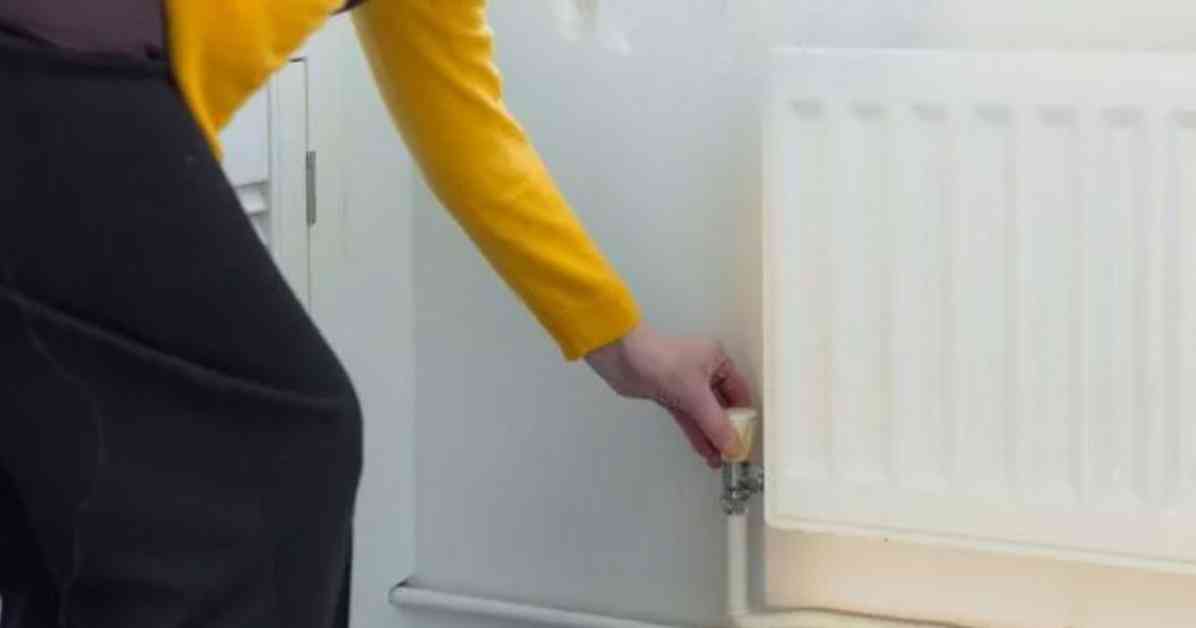Unlocking Savings on Energy Bills
Amidst concerns over rising energy costs and the upcoming price cap set by Ofgem, customers of major energy providers like British Gas, EDF, and Octopus can take advantage of a simple solution to save money on their bills. By investing just £4 in a radiator bleed kit, households have the potential to save a significant £344 annually. This represents a 20% reduction in energy expenses, offering relief to those worried about the impact of the new price cap, which comes into effect on October 1.
The Importance of Radiator Maintenance
Mitchell Wray, a home heating expert at National Insulation Supplies, highlights the often-overlooked task of bleeding radiators as a crucial aspect of household maintenance. While much attention is typically given to central heating systems and boilers, the condition of radiators is equally important in ensuring efficient heating and minimizing energy wastage. Neglecting to bleed radiators can lead to decreased performance, higher energy consumption, and ultimately, increased costs for homeowners.
Wray explains that trapped air within radiators can impede the heating process, forcing boilers to work harder and consume more energy in the process. By releasing this trapped air through bleeding, radiators can operate more effectively, allowing for optimal heat distribution throughout the home. This simple yet essential task can make a significant difference in reducing energy bills and improving overall heating efficiency.
A Step-by-Step Guide to Bleeding Radiators
For those looking to undertake radiator maintenance and unlock potential savings on their energy bills, Wray provides a step-by-step guide to bleeding radiators effectively. Firstly, it is essential to switch off the heating system before beginning the process to prevent any mishaps or accidents. Additionally, preparing a cloth or container to catch any drips is advisable to maintain cleanliness and prevent damage to surrounding surfaces.
Locating the radiator bleed plug is the next step in the process. Using a radiator key, the valve should be turned anti-clockwise to open it, allowing trapped air to escape. As air is released, a hissing sound may be heard, indicating the start of the bleed. Once the hissing stops, the valve should be closed by turning it clockwise. This process should be repeated for all radiators in the home to ensure optimal performance and efficiency.
After bleeding all radiators, it is important to switch the heating system back on and monitor the pressure using the boiler’s gauge. Any issues with pressure, boiler performance, or hot water should be addressed promptly by seeking professional help or scheduling a boiler servicing. By maintaining radiators in good condition and addressing any potential issues promptly, homeowners can maximize energy savings, reduce costs, and ensure a comfortable living environment.
In conclusion, taking proactive steps to maintain radiators and optimize heating efficiency can lead to significant savings on energy bills for households. By investing a minimal amount in a radiator bleed kit and following simple maintenance procedures, homeowners can improve the performance of their heating systems, reduce energy consumption, and lower overall expenses. With the implementation of Ofgem’s new price cap looming, now is the perfect time for customers to explore cost-effective solutions like bleeding radiators to mitigate the impact of rising energy costs and enhance the comfort of their homes.

